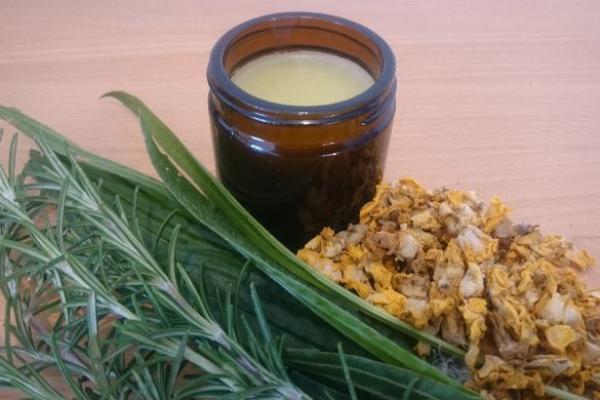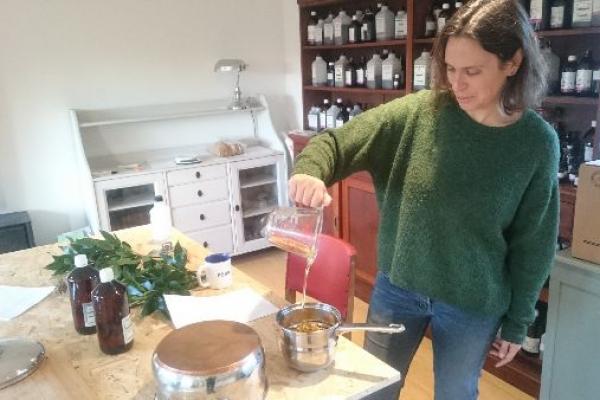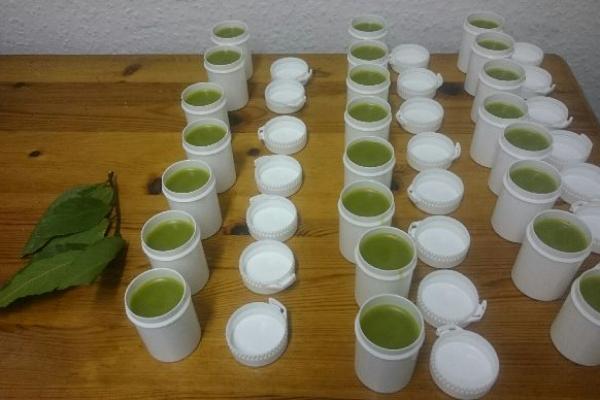Making Medicines
.jpg)
Recipes and Resources
On this page you will find recipes, how to sheets, and resources
for workshop facilitators.
The recipes below are all ones we use in Solidarity and Community
projects. They include complete medicines and the component parts that we bring
together to create final recipes.
In our projects we aim to make medicines that are effective; safe
across various contra-indications; consistent, traceable and reproducible
in quality.
If you would like to learn to make herbal medicines or work with
experienced medicine makers please check our Events page.
If you would like to help by delivering workshops or
co-ordinating harvesting and making days please get in touch
Links
| 1. Recipes | ||
| 2. Making Component Parts | ||
| 3. Practitioner/workshop leader resources |
1. Recipes
Here is the marshmallow, cinnamon and fennel cough syrup recipe that has been used in camps in Northern France since 2016. It is sweet and gloopy, yet contains no sugar as is made with glycerine. We always need plenty of this. Good on its own for children or for mixing with the anti-microbial vinegar for adults.
This recipe comes from the Living Medicine website, and their great downloadable hand out on Allergies, Colds and Flu
Ingredients:
- 7-10 cm root ginger, peeled and shredded
- 1-2 medium chilli(s), finely sliced
- 2 large onions, peeled and sliced
- 12 shiitake or other mushrooms, thinly sliced
- 2 tbs dried Echinacea angustifolia/purpurea root, tied in small muslin/cloth
- 5 tbs elderberries or rose-hips, fresh or dried •
- 2 litres vegetable or chicken stock •
- 8 crushed garlic cloves •
- 1 tbs chopped fresh...
This is the recipe for our adult and our infant chest rub. This is a key recipe, as chest rub is something that can be very effective, and yet can be distributed by non herbalists from many different outlets - the first aid stations and women and children’s center - but also from shops , schools and other community hubs.
Initially we plan to to distribute these in the Dunkirk camp in the coming weeks, and may find a way of reaching others with them soon
Note this recipe contains 5% essential oils so is strong and not suitable for children.
If you are making this for general family use then 2% essential use is a better ratio; and this is a large solidarity mix quantity, you may want to divide the ingredient amounts by 5
To make 0.5 of a litre
Ingredients
- 200mls of daisy or arnica infused oil (or a combination of these)
- 150 mls of comfrey infused oil
- 100mls of St John’s wort infused oil
- 50g of beeswax
- 16 ml lavender essential oil
- 11 ml...
2. Making Component Parts
Vinegar is a good preservative because
certain pathogenic bacteria don’t thrive in an acidic environment, whereas other commensal
bacteria such as lactobacillus which add to the rich diversity of the
human gut do.
To harness the properties of both preserving and nourishing to the gut biome, the the vinegar needs to be ‘live’, i.e., unpasteurized. Raw apple cider vinegar with the ‘mother’ present is a good option.
Approximate proportions for dried and for fresh herb and...
Glycerites are made by macerating fresh or
dried herbs in glycerine. .
Glycerine is a clear, viscous, sweet liquid
extracted from animal fats or vegetable oils. It was originally discovered as a
by product of soap making in the late 1700s
As well as extracting and preserving properties Glycerine has the added advantage that it tastes very sweet but does not behave like a sugar in the body.
If you are making a component part for a Solidarity project, please use...
Most infused oils are best made with dried herbs, some
notable exceptions are St John’s Wort (Hypericum
perforatum) and Daisy (Bellis
perennis). Some herbs contain so
little water that you can use them fresh e.g. Bay leaves, and up to a point
Rosemary and Ivy, though always leave the oil to stand after straining to check
if a watery residue gathers at the bottom.
Light olive oil is a good carrier for making infused oils. Sweet almond oil is good but the intensive cultivation of...
3. Practitioner/workshop leader resources
.jpg)
.jpg)
.jpg)
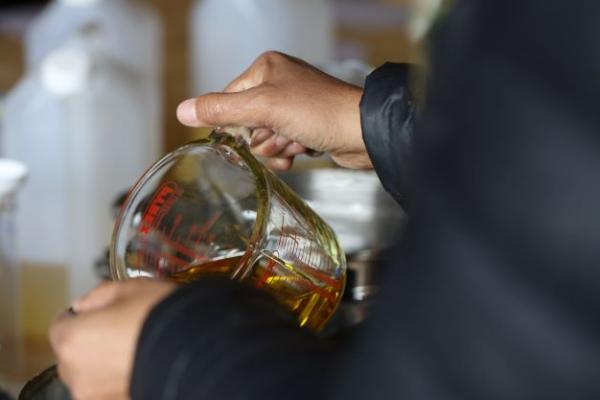
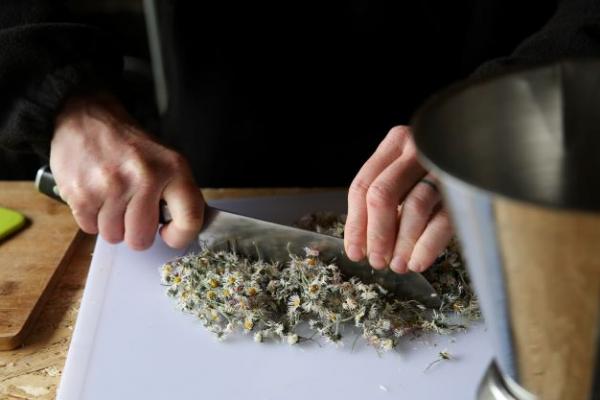
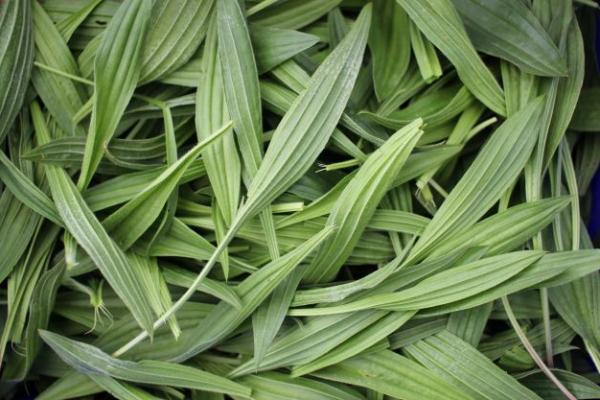

.jpg)
